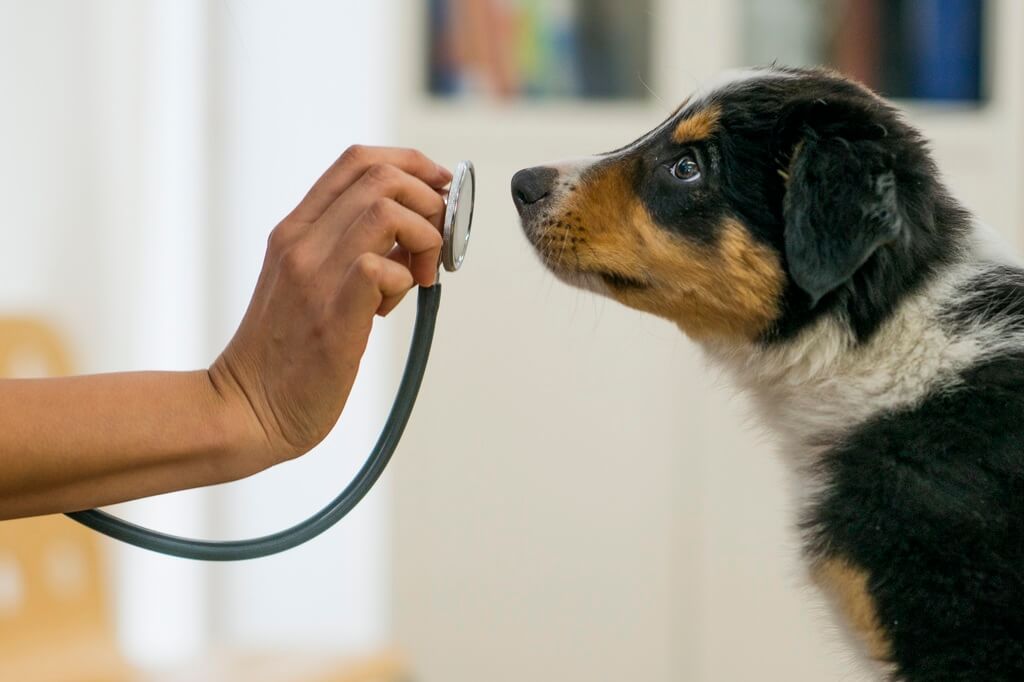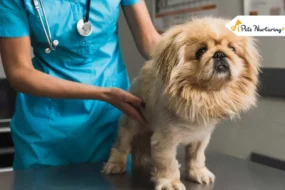
There has been a growth in the number of people getting health insurance for their dogs due to the rising expense of veterinary care. It makes it simple to rectify any errors that may occur. But before you rush in and choose the lowest plan, consider this: some of the cheapest plans won’t cover anything if your pet becomes sick. Let’s take a closer look at these low-cost policies and hone in on the details you should consider when selecting the best cheap pet insurance.
Consider the Actual Costs While Shopping for Cheap Pet Insurance
You can locate plans that won’t break the bank. However, that is typically for a good reason. While they could reduce your premium costs, they provide no medical coverage beyond accidents. That’s right, you guessed correctly.
In insurance parlance, these are known as “accident-only” policies. However, mishaps can and do occur. Pursuing a squirrel or a mouse might sometimes get us into a sticky situation.
Nonetheless, it’s a fact that nearly all pets will become unwell at some point. When your cat or dog gets sick, you’ll be responsible for paying the total cost of care if you only have an accident policy. So, if they contract a parasite or, even worse, cancer, your health insurance won’t contribute to the expense of their care.
Where Do Cheap Pet Insurance Plans Lack?
Long-Term Medical Care Is Not Covered

Some low-cost pet health insurance plans may not cover a newly diagnosed disease in the following year. Your situation could become complicated if your pet gets a chronic disease.
Suppose this is the year that your pet is diagnosed with diabetes. A low-cost pet insurance company may no longer pay for your pet’s insulin following next year’s plan renewal.
Once you realize your pet has diabetes and start researching treatment options, you’ll find that no insurer will pay the costs. You are responsible for paying for all of their prescriptions.
It’s Not Always Easy to Determine Where the Boundaries Lie
Almost all types of emergency pet insurance policies have maximum payouts, or caps, that dictate how much money will be available to cover your pet’s medical care. The methods used to arrive at these numbers, however, do differ. Maybe there are maximum you can claim each year, depending on your insurance company’s policies and cumulatively throughout your pet’s life. The same goes for each claim. Or some mixture of the three!
A lifetime restriction of $10,000 significantly differs from an annual limit of $10,000 that is reset every time your plan is renewed. Insuring your pet with a company that offers affordable premiums but has a short lifetime maximum is a false economy and does your pet no good.
And if the lifetime cap is low, the annual cap might not seem so generous. Verify all information and give some thought to the final product’s integration.
To help your pets, your pet insurance providers don’t want you to have to do the arithmetic on that. As a result, there are limits set in some annual caps to avoid unnecessary complexity.
Plans Fail When They Are Not Based on Actual Costs

Veterinary services can be expensive, so some low-cost pet insurance policies only pay a flat rate for a specified number of visits or treatments. Keep an eye out for the term “usual and customary fees,” commonly used to describe these charges.
Establishing standard charges for various medical services can significantly streamline processing claims. It reduces expenses for the service provider, lowering the end user’s prices.
It may seem like an excellent idea at first, but the main drawback is that the fixed prices may be lower than what your vet charges, mainly if you reside in a state with higher vet expenses, such as New York or California.
Your responsibility will be the difference between the actual cost of your pet’s care and the amount your plan reimburses. That could be way more than you expected.
Choosing a Policy for Your Pet’s Insurance
We understand that with everything we’ve covered, you may feel overwhelmed by the prospect of choosing a plan. And thus, here are a few nuggets of information to remember.
When Your Pet Is Younger, Plans Cost Less

Getting your cat covered as a kitten or puppy can help you save money in the long run. If you are moving a pet into your house, you may want to select a plan that begins on the day they arrive. (Or implement it immediately if you’re taking in an older pet.)
Treatment for an ailment that manifests before the plan is established will not be paid by anyone, including the pet insurance policy.
Instead of waiting until anything goes wrong to figure out your pet’s strategy, start now. It’s a significant gamble, especially considering how much cheaper insurance is for your pet now when your pet is still young.
Consult Your Veterinarian Before Settling on a Strategy

It’s easy to get pet insurance estimates online and set up coverage for Fido, but you might want to stop by the clinic for a conversation first.
Your veterinarian can give you an idea of how much money you can expect to spend on your pet’s care based on their breed. With their guidance, you may be able to select adequate coverage and high enough limits to ensure your pet’s long-term health and wellbeing.
Investigate Options for Paying for Medicines You Regularly Take
Many pets will require a prescription at some point in their lives, whether for a relatively minor issue or something more serious. And for some, the use of medication will be permanent. If you frequently fill a prescription, your plan should include coverage for that expense.
Costs for your pet’s allergy medication, even at $25 per month, can add up quickly if you pay for them out of pocket.
These plans include this protection since we don’t think it’s right for someone to disappear after paying for a veterinarian’s consultation.
Explore further :











